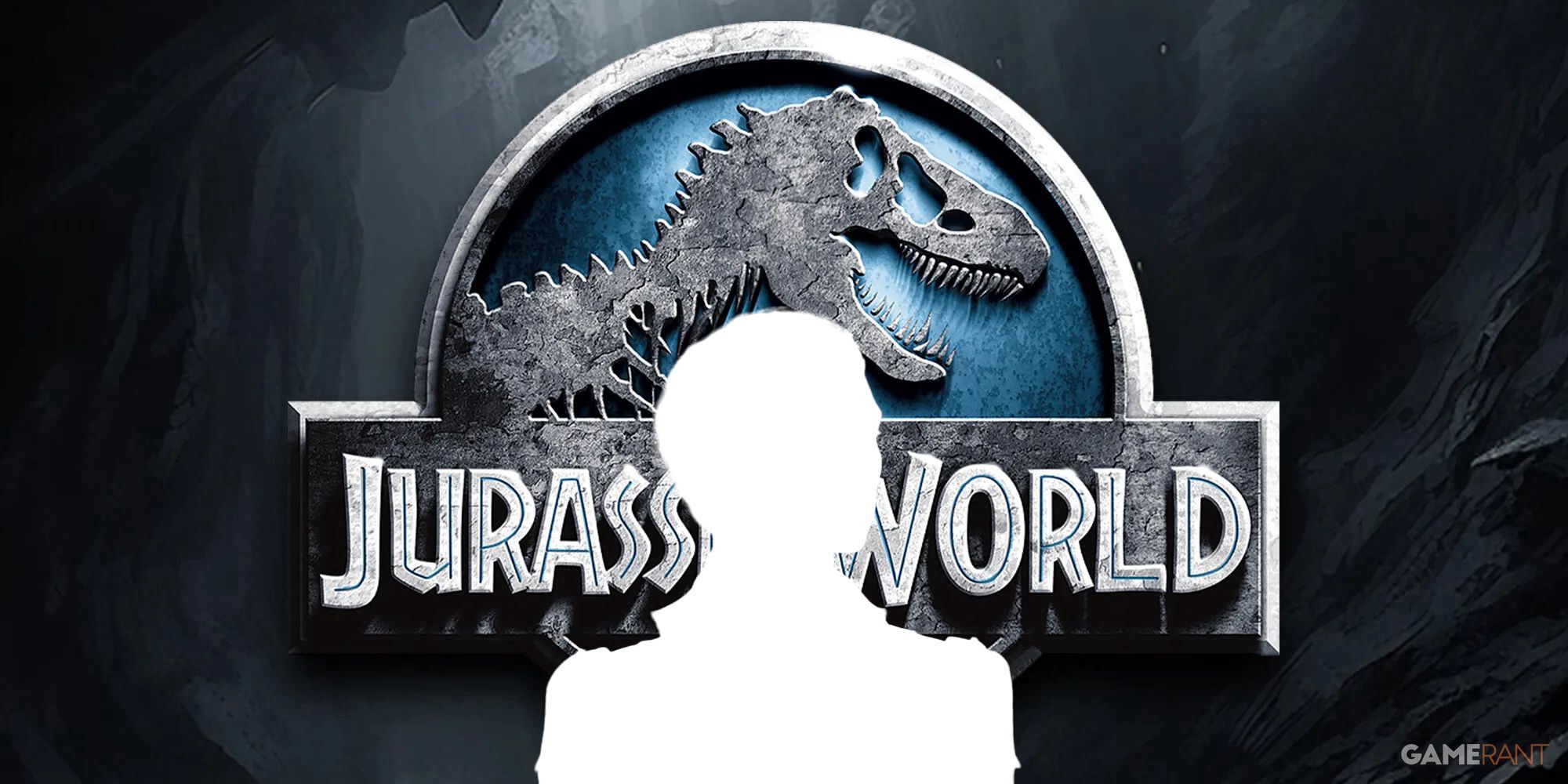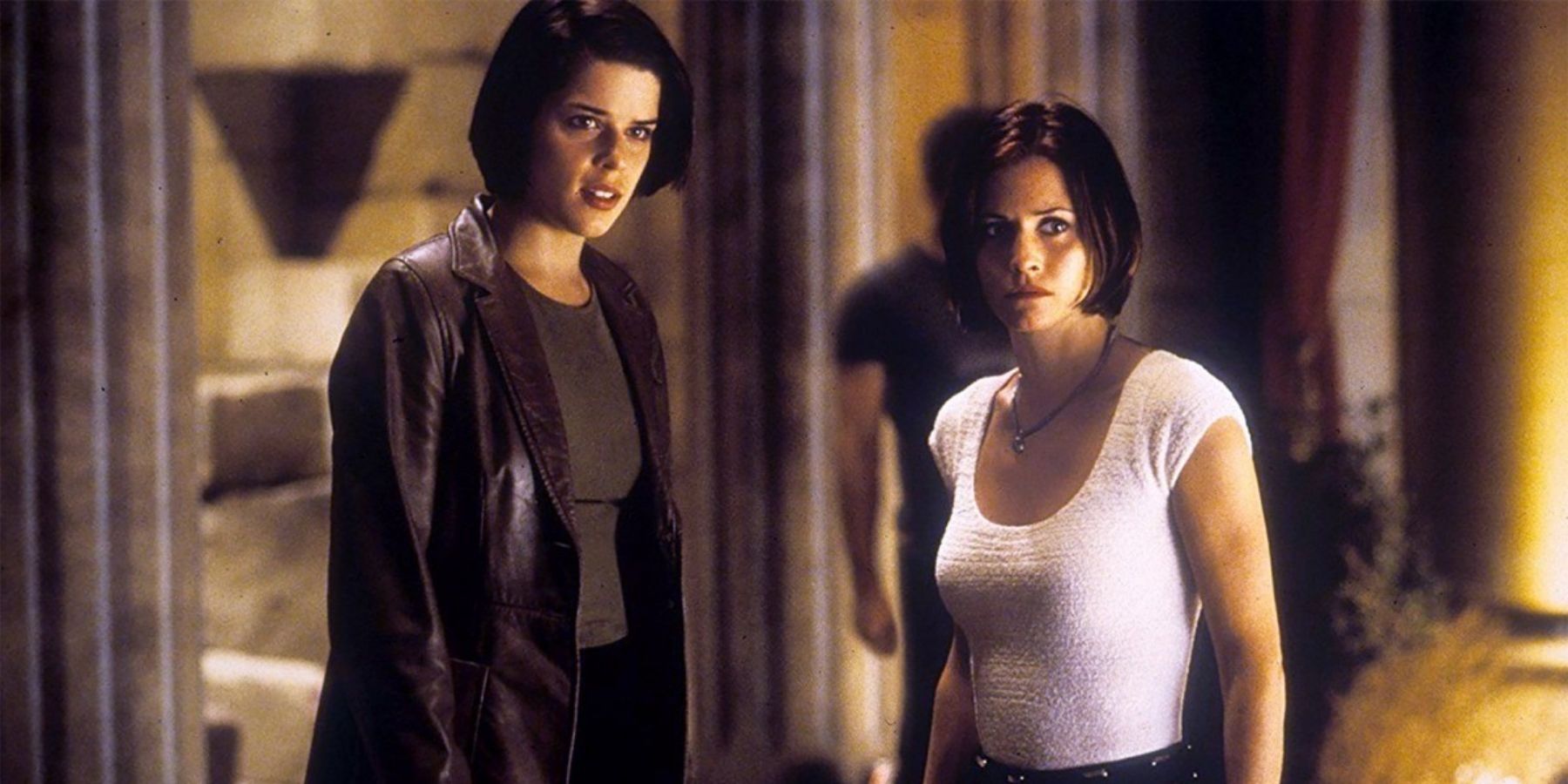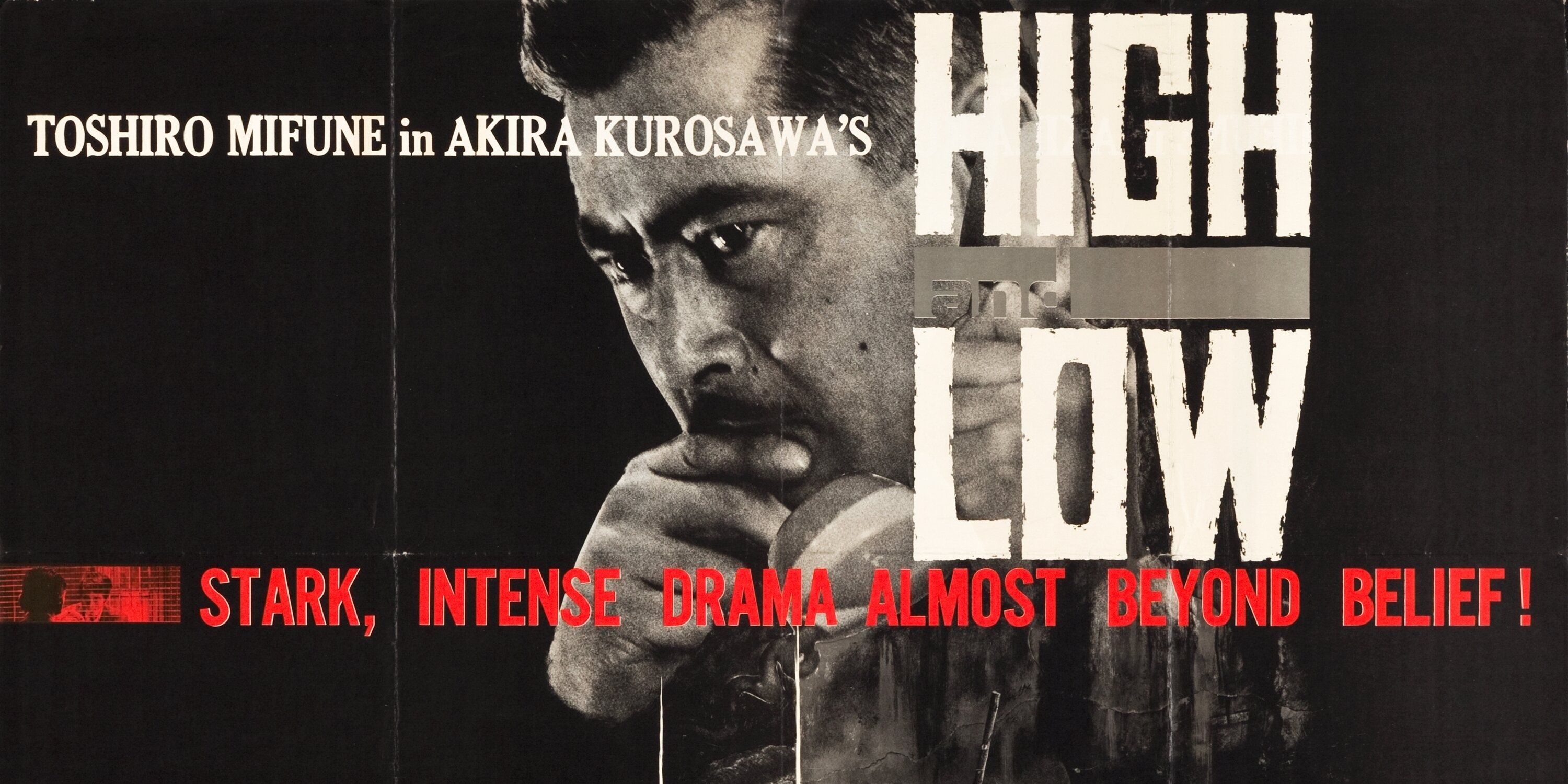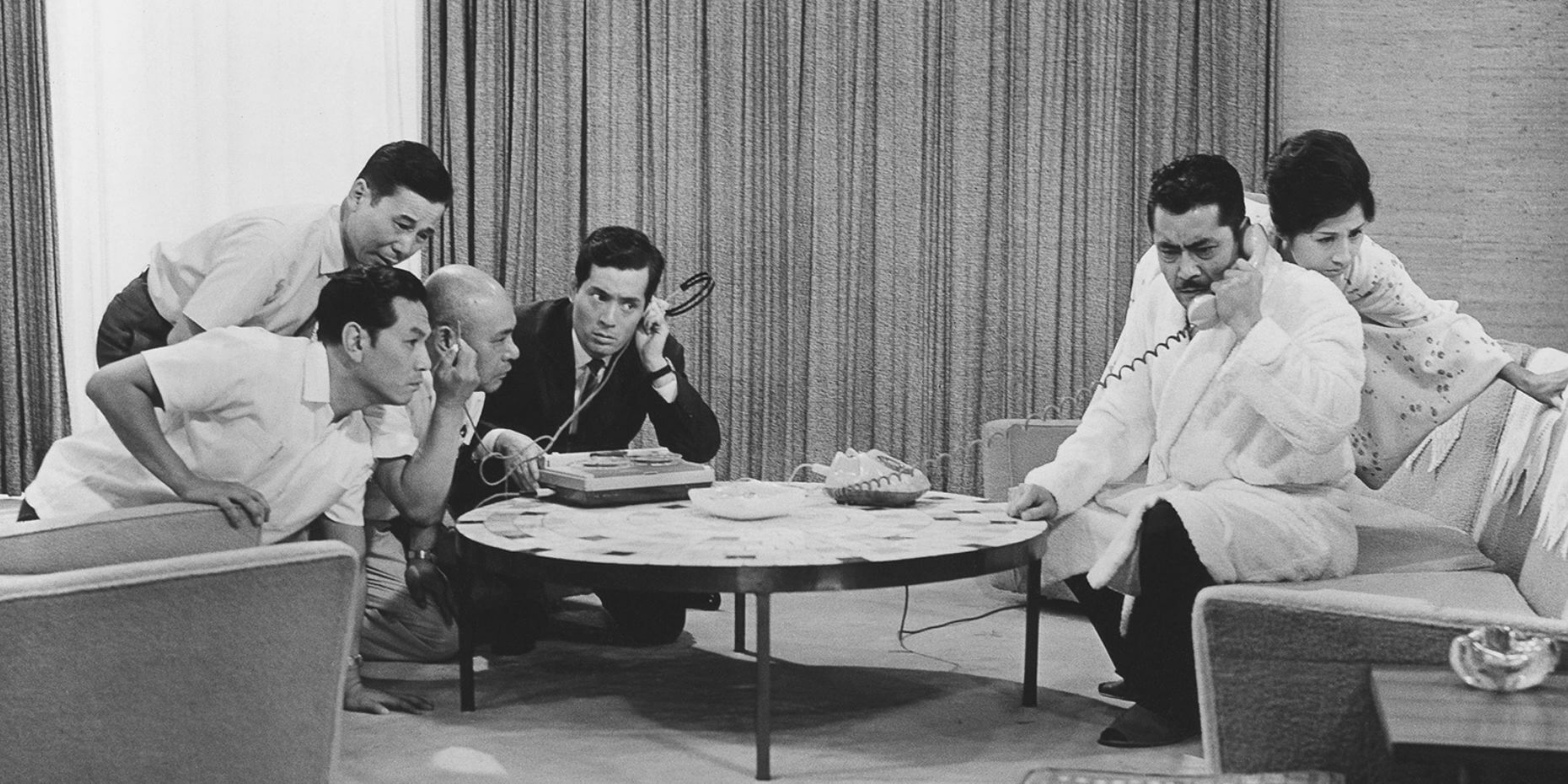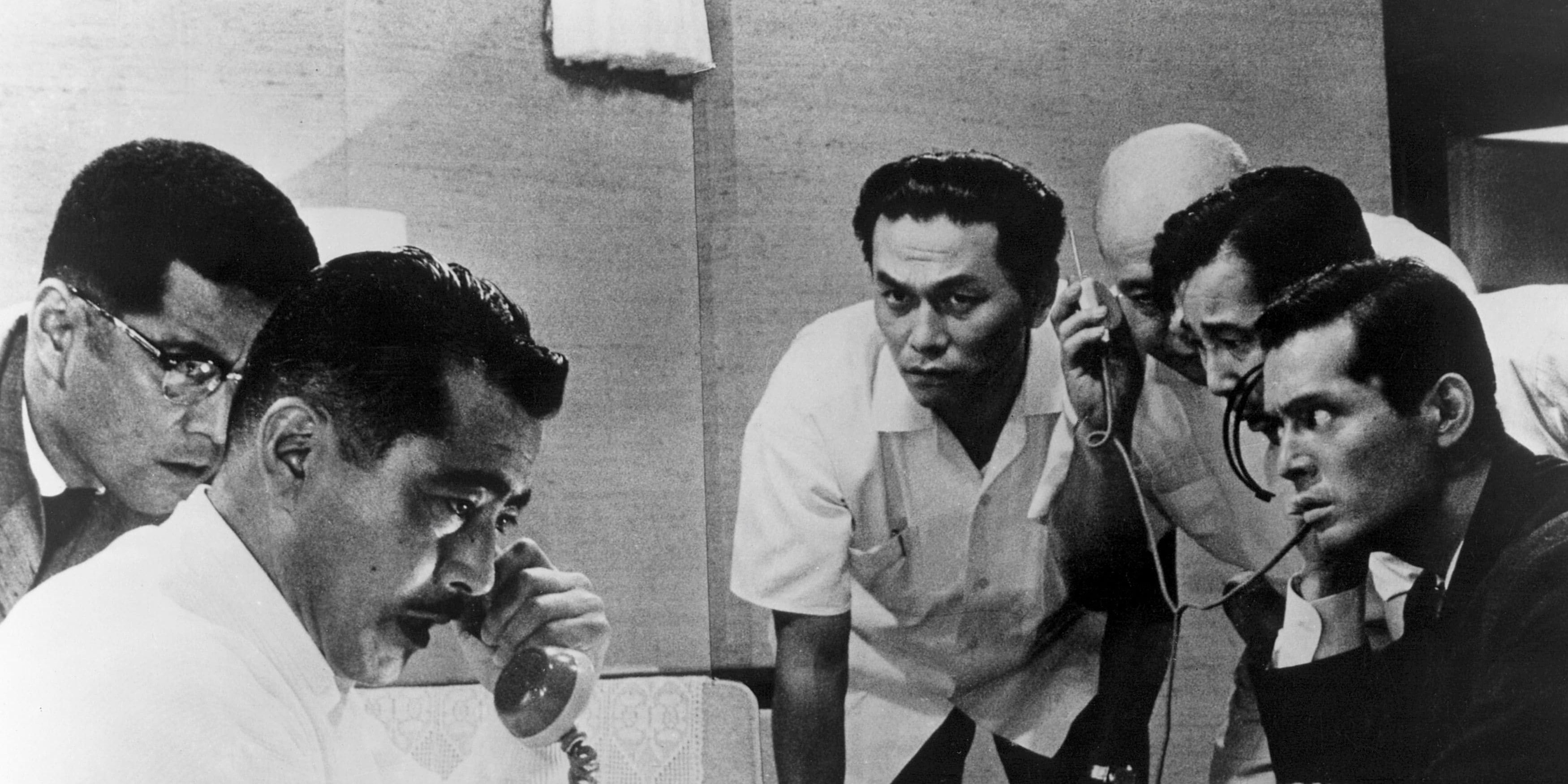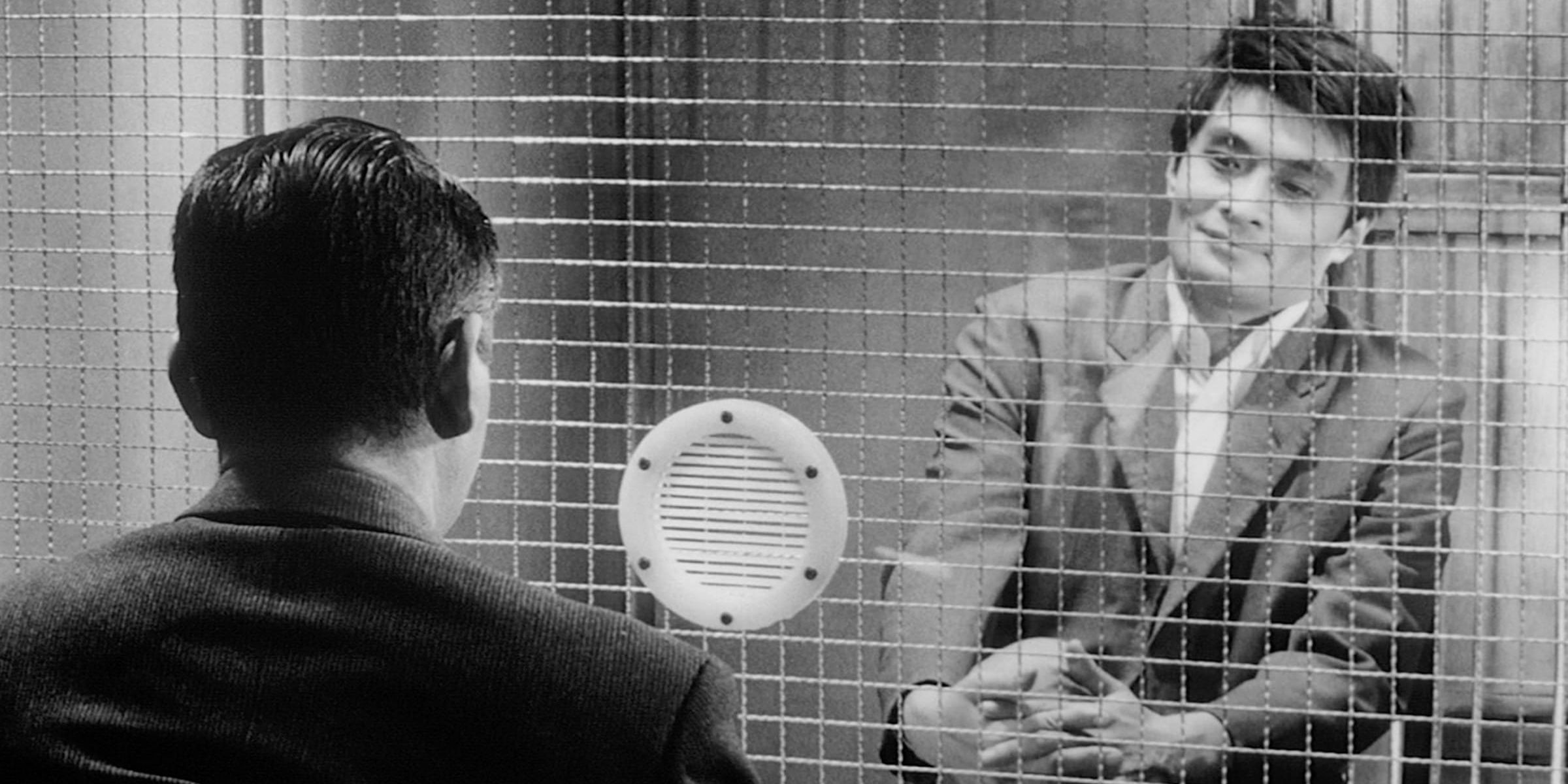Highlights
- Akira Kurosawa's High and Low explores the moral dilemma of choosing another life over one's own, rather than the usual path of vengeance seen in crime stories.
- The film injects tension into mundane scenes through methodical detective work and suspenseful conversations, with the only action sequence being a ransom exchange on a moving train.
- The core theme of corruption is examined, showing how wealth and circumstances can fundamentally transform individuals and lead to a lack of compassion between people.
"How far would you go to protect your family?" That question has been at the center of countless crime stories in which everyday people are forced to act beyond themselves when those they love most are taken from them. Usually, this entails a path of vengeance, as seen in the Death Wish films where Charles Bronson's middle-aged architect becomes a cold-blooded vigilante. But in 1963's crime noir High and Low, Akira Kurosawa is interested in everything but the usual.
The renowned filmmaker behind 1950's Rashomon, 1954's Seven Samurai, and so many other timeless works poses a different conflict for his audience: "Would you be able to choose another life over your own?" This is not in the sense of giving up a life for another, but of sacrificing an entire livelihood for someone who is neither friend nor family. It is a profound moral dilemma that lingers in the viewer's head throughout the film and well after it has finished.
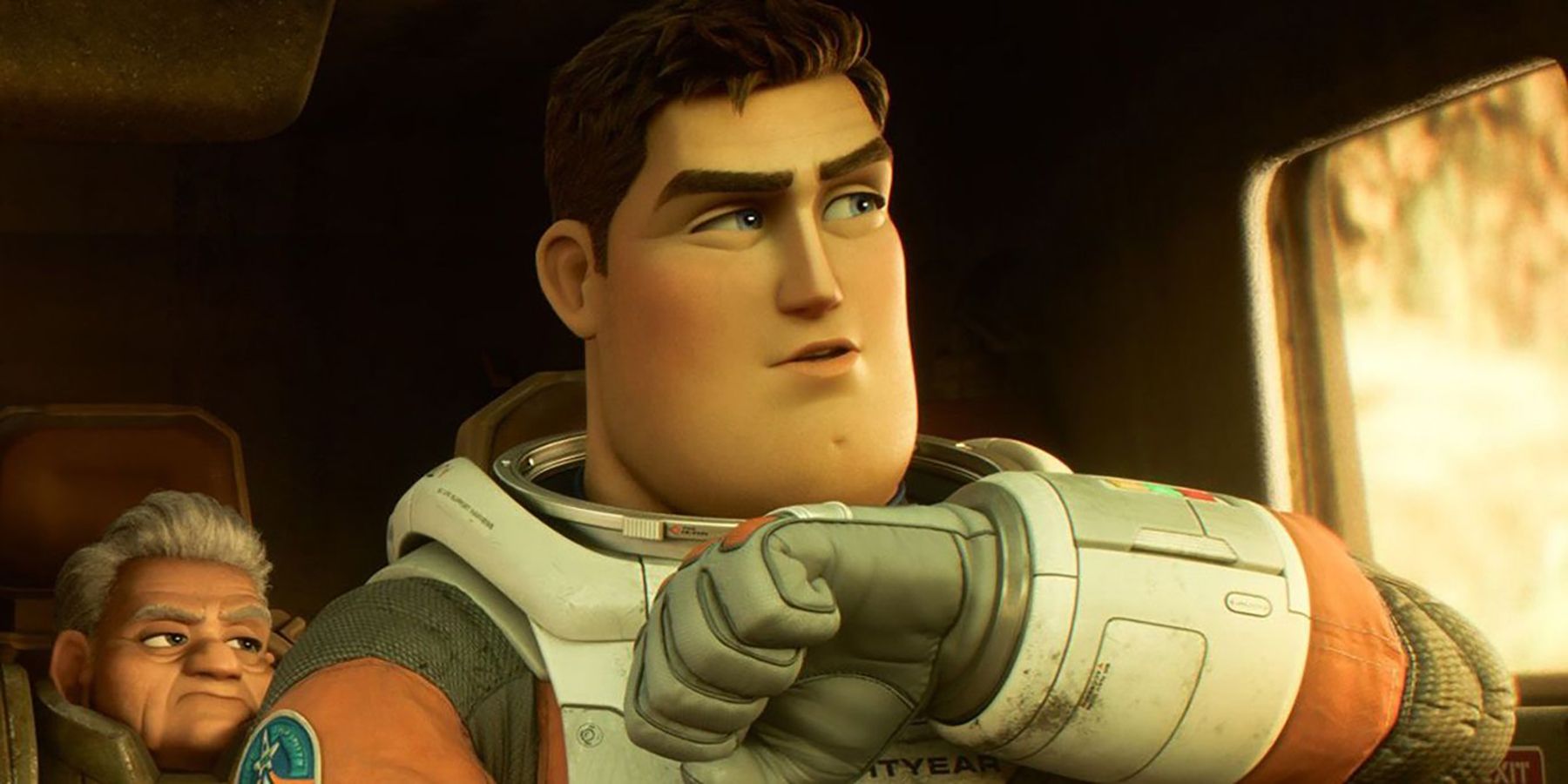
Lightyear DP Reveals How Steven Spielberg And Akira Kurosawa Inspired The Pixar Film
Lightyear cinematographer Jeremy Lasky has recently shared some of the main inspirations behind the highly-anticipated Pixar film.
What is High and Low about?
High and Low | |
|---|---|
Director | Akira Kurosawa |
Writer | Ryūzō Kikushima, Hideo Oguni, Eijiro Hisaita, Akira Kurosawa |
Cast | Toshiro Mifune, Tatsuya Nakadai, Tatsuya Mihashi, Kenjiro Ishiyama |
Runtime | 143 minutes |
Rotten Tomatoes Critics Score | 96% |
Rotten Tomatoes Audience Score | 95% |
Metacritic Score | 90 |
Loosely based on Ed Bain's 1959 novel King's Ransom, the film begins in the living room of wealthy fashion executive Kingo Gondo (Toshiro Mifune, Kurosawa's longtime muse) as he debates with his associates about the future of their company, National Shoes. When he realizes a ploy among his associates to consolidate everyone's stocks so that they can lead the company together, Gondo sternly tells them to leave. When his wife Reiko (Kyōko Kagawa) asks why he sent them away, Gondo reveals that he has mortgaged everything he owns and has secretly arranged a leveraged buyout to gain total control of the company.
Just as he celebrates, Gondo receives a phone call from someone who has abducted his son Jun, and wants a ¥30 million ransom, aa huge sum of money. Gondo complies with the caller and then dismisses him, when Jun casually enters the room after he has hung up. However, Jun's playmate Shinichi, the son of Gondo's chauffeur, cannot be found. The kidnapper calls back and admits that he has mistakenly taken the wrong child, but his demands stay the same. With everything he has worked for now at stake, Gondo must make the most important decision of his life.
Kurosawa Injects Tension into the Mundane
The police become involved in the situation, but not in the way they typically would be in a film like this. Kurosawa ignores high-speed chases and intense shootouts in favor of methodical detective work. One of the film's best scenes is an extensive briefing of all the accrued evidence. It is truly astounding how he is able to pack so much suspense and intrigue in a film that consists almost enturely of conversations. The only "action sequence" is the ransom exchange between Gondo and the kidnapper, which takes place on a moving train.
Did you know, Mr. Gondo, that it's only extortion when you threaten a person or his kin? In other words, this doesn't count. But you have to pay anyway. You're a fool to pay, but pay you must.
It may sound like a spoiler to say that the exchange is made and Shinichi is found unharmed at the halfway point of the film. However, Kurosawa still has a lot of story to tell. The second half of the film follows the police as they attempt to track and apprehend the culprit, whose identity will not be revealed for the sake of those yet to watch the film. What can be said, though, is that he is not a sadistic criminal the way one might expect. Just like Gondo, he is an ordinary person.
The Confrontation of Light and Dark
Ultimately, the core theme of High and Low is one of corruption. An abundance of fortune, or lack thereof, can fundamentally alter a person's entire being. Gondo alludes to his past as a poor, humble shoemaker, and there are certainly glimpses of that spirit still in him. But now, he is a detached, urbanized businessman in crisp attire. The kidnapper appears to be a smart young man with a nice career and modest home, yet his circumstances have transformed him into a vindictive sinner.
I'd rather be told the cruel truth than be fed gentle lies.
In Japanese, the film's title reads as 天国と地獄 (Tengoku to Jigoku), which translates to "Heaven and Hell" and refers to the modern world depicted in the story as opposed to the afterlife. Kurosawa takes the formula of what would have been a standard American detective thriller with obvious social commentary, and transcends it. He crafts a stark human drama that explores the lack of compassion not only between the divided classes, but between people in general, unless there is a personal gain to be made. As pessimistic as it may be, High and Low is one of Kurosawa's most rewatchable films due to its striking attention to detail. There is a genuine case to be made in stating that it is one of his overall greatest achievements.

